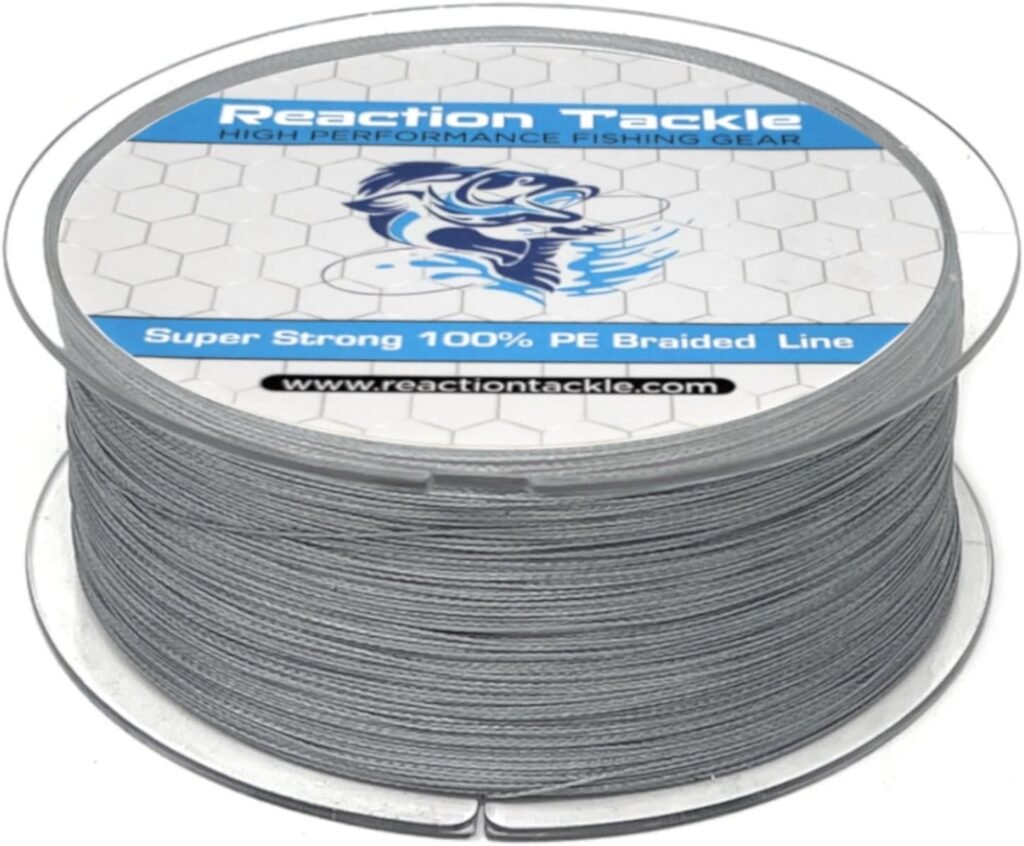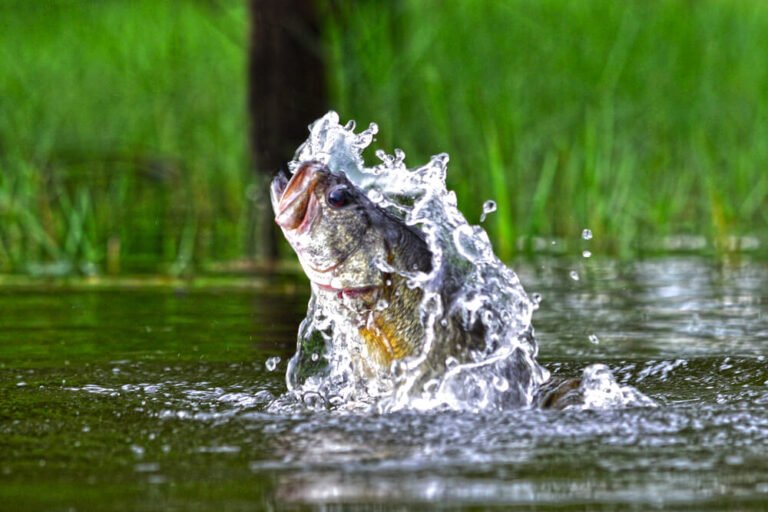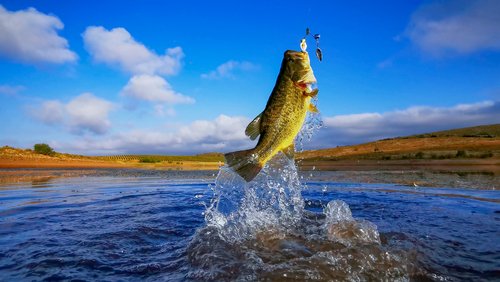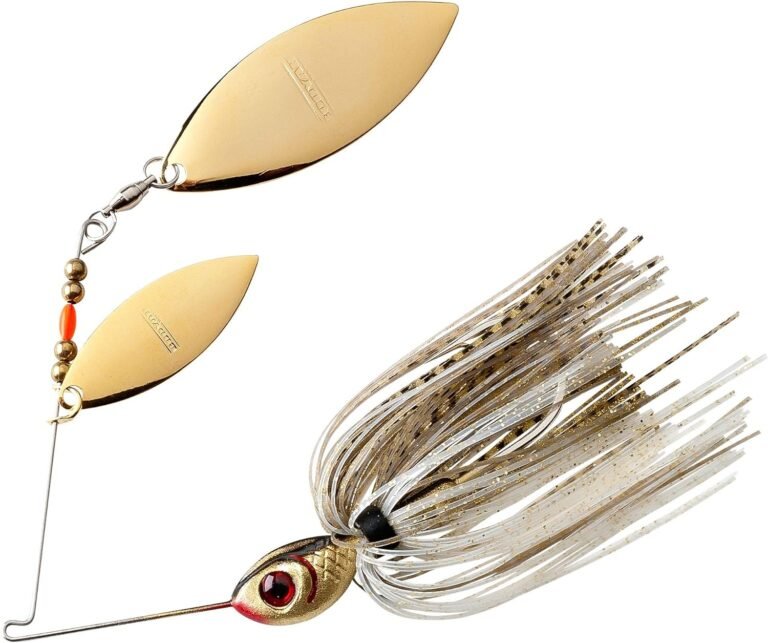What is the best line for bass fishing? It is crucial to understand the different types of fishing lines and their specific characteristics. By comprehending the strengths and weaknesses of each type, anglers can make informed decisions to optimize their bass fishing experience.

Monofilament Lines
Monofilament lines have long been a staple choice for bass anglers due to their versatility and reliability. These lines are made from a single strand of nylon or other polymers, offering several key advantages for bass fishing enthusiasts. One such advantage is its excellent knot strength, allowing for secure connections between line and lure.
Monofilament also possesses some stretch, which can be beneficial when absorbing shock during aggressive strikes or sudden movements by trophy-sized bass. Additionally, monofilament has relatively low visibility in water compared to some other line types, enabling anglers to present their baits more naturally and increase the likelihood of enticing bites from wary bass.
When selecting monofilament lines for different conditions, it is crucial to consider various factors such as line diameter and strength. For example, thinner diameter lines (around 8-12 lb test) work well when finesse fishing or targeting smaller bass in clear water scenarios.
Fluorocarbon Lines
Fluorocarbon lines have gained tremendous popularity among seasoned bass fishermen due to their unique properties that cater to this sport. Fluorocarbon is a dense polymer material that refracts light similarly to water, rendering it practically invisible underwater. This invisibility works wonders when bass exhibit heightened wariness or when fishing in clear waters with minimal cover.
Furthermore, fluorocarbon lines offer exceptional sensitivity, transmitting even the most subtle vibrations and movements from the lure to the angler’s hand. This heightened sensitivity allows anglers to detect delicate bites from finicky bass and react accordingly, increasing their chances of successful hooksets.
When selecting fluorocarbon lines for bass fishing, choosing reputable brands known for their quality and durability is important. Additionally, line strengths ranging from 10-20 lb tests are commonly used for bass fishing in various conditions.
Braided Lines
Braided lines have revolutionized the bass fishing world with their remarkable strength, sensitivity, and versatility. Constructed by weaving multiple synthetic fibers, braided lines exhibit incredible tensile strength and a small diameter-to-strength ratio compared to other line types. This thinner diameter enables anglers to cast greater distances while controlling their lures.
One of the key advantages of braided lines is their near-zero stretch characteristic. This lack of stretch enhances sensitivity, allowing anglers to feel even the slightest nibble or change in the bottom structure.
It also facilitates quick and solid hooksets when battling trophy-sized bass or fishing heavy cover where an immediate response is crucial. When selecting braided lines for different conditions, it is vital to consider line strength based on target species and prevailing environmental factors such as heavy vegetation or rocky structures.
Recommended brands for braided lines include those renowned for their durability and reliability in demanding situations. Line strengths typically range from 20-50 lb test depending on specific requirements.
Choosing the Best Line for Bass Fishing
When it comes to bass fishing, selecting the right line is crucial for a successful and rewarding experience. There are several key factors to consider when making this decision.
Line strength and diameter
The first factor to consider is the line strength and diameter, which should be chosen based on the target species of bass you are pursuing, the weight of your lures, and the type of cover you will be fishing in.
A lighter line with a smaller diameter would be appropriate for smaller species of bass or finesse techniques. On the other hand, if you are targeting larger trophy bass or fishing in heavy cover such as thick vegetation or rocky structures, a heavier line with greater strength would be necessary to handle their powerful fights and prevent break-offs.
Sensitivity requirements
Bass can be notoriously picky when biting, so sensitivity is paramount in detecting those subtle strikes that often go unnoticed. For this reason, choosing a line with high sensitivity is essential.
Monofilament lines tend to have better sensitivity than fluorocarbon or braided lines as they transmit vibrations more effectively. This heightened sensitivity allows anglers to feel even the slightest taps or changes in resistance, enabling them to react quickly and set the hook at precisely the right moment.
Abrasion resistance to handle rough underwater structures
Bass tend to inhabit areas with rough underwater structures like rocks, stumps, and submerged branches. To handle these challenging conditions without compromising your line’s integrity, selecting a line with excellent abrasion resistance is vital.
Monofilament lines typically have good abrasion resistance due to their slightly softer and more forgiving nature than other types. This quality helps prevent break-offs when dragging your lure through rough cover or when a bass suddenly runs toward these submerged obstacles.
Stretch properties affecting hooksets and fighting ability
The stretch properties of a fishing line play an important role in both hooksets and the fighting ability while battling big bass. Monofilament lines, in particular, exhibit a certain degree of stretch, which can be advantageous in certain situations.
The slight stretch acts as a shock absorber during aggressive hooksets, reducing the likelihood of prematurely ripping the lure out of the fish’s mouth. Additionally, when locked into an intense battle with a large bass, the stretch in monofilament lines helps absorb sudden lunges and head shakes, providing some forgiveness and preventing line breaks.
Techniques & Applications with Specific Lines
Monofilament Lines: Topwater Fishing Techniques
Regarding topwater fishing techniques for bass, monofilament lines offer noteworthy advantages. Their natural buoyancy allows topwater lures to perform optimally since they don’t weigh down or sink the bait excessively.
Additionally, monofilament lines provide excellent knot strength for securing topwater lures properly. For this technique, it is recommended to use monofilament lines between 8-12 pound test strength to ensure optimal performance and control over your presentation.
Monofilament Lines: Flipping & Pitching Techniques
Monofilament lines excel due to their inherent stretch properties in close-quarters combat, like flipping or pitching techniques where accuracy is essential. The slight give offered by mono allows anglers better control over their casts by reducing the chances of overruns or backlash while casting heavy baits precisely into tight spots near cover.
For flipping or pitching into heavy cover, it is advisable to use monofilament lines with higher breaking strengths, typically 14-20 pounds, for increased durability and control during intense battles with big bass.
Conclusion
Choosing the best line for bass fishing is a decision that should be made carefully, considering factors such as line strength, sensitivity, abrasion resistance, and stretch properties.
By understanding the specific needs of your fishing situation and techniques, you can make an informed choice that will enhance your chances of success on the water. So select the ideal line for your bass fishing adventures, and enjoy reeling in that trophy-sized bass while feeling confident in your equipment.






